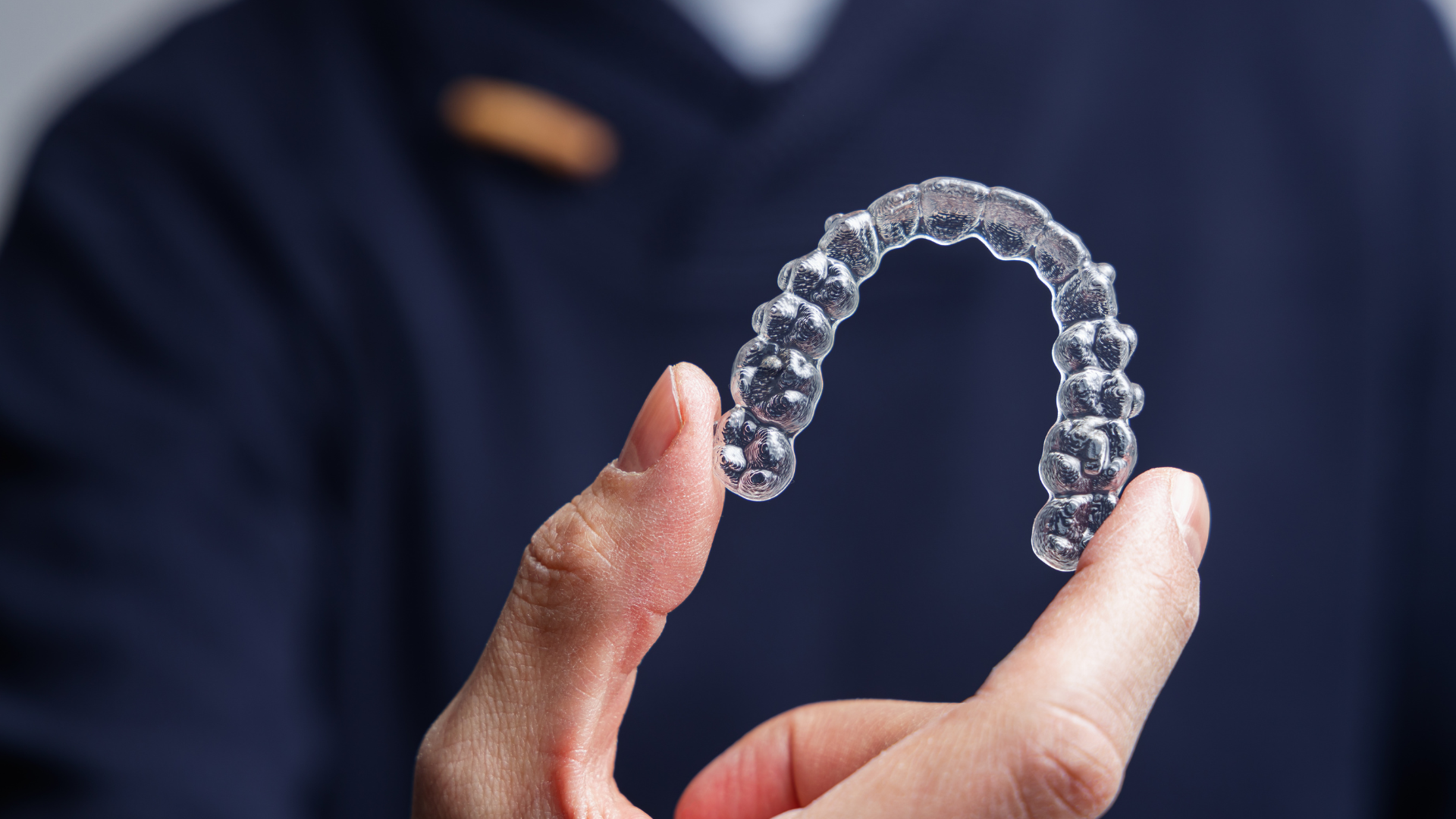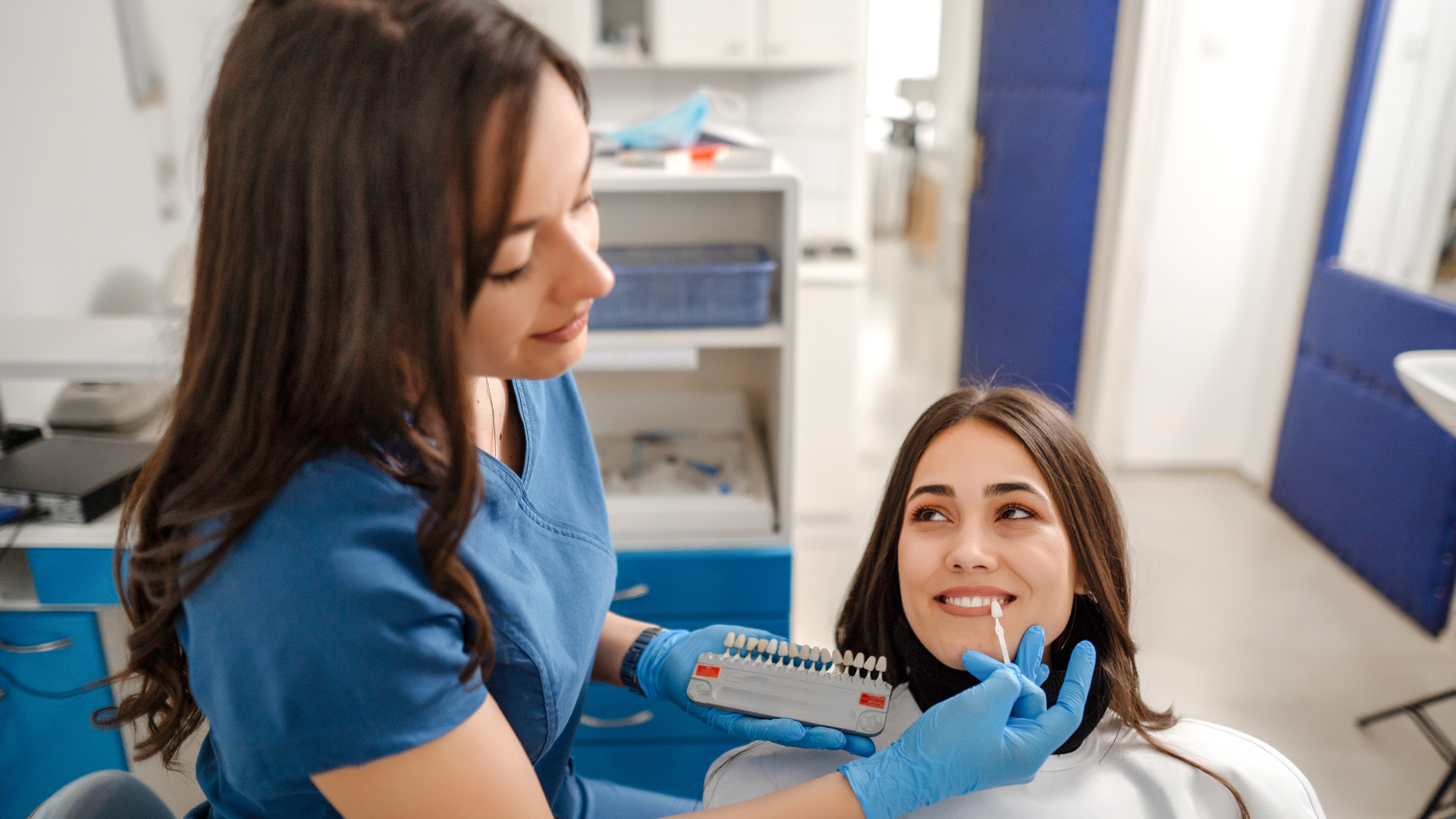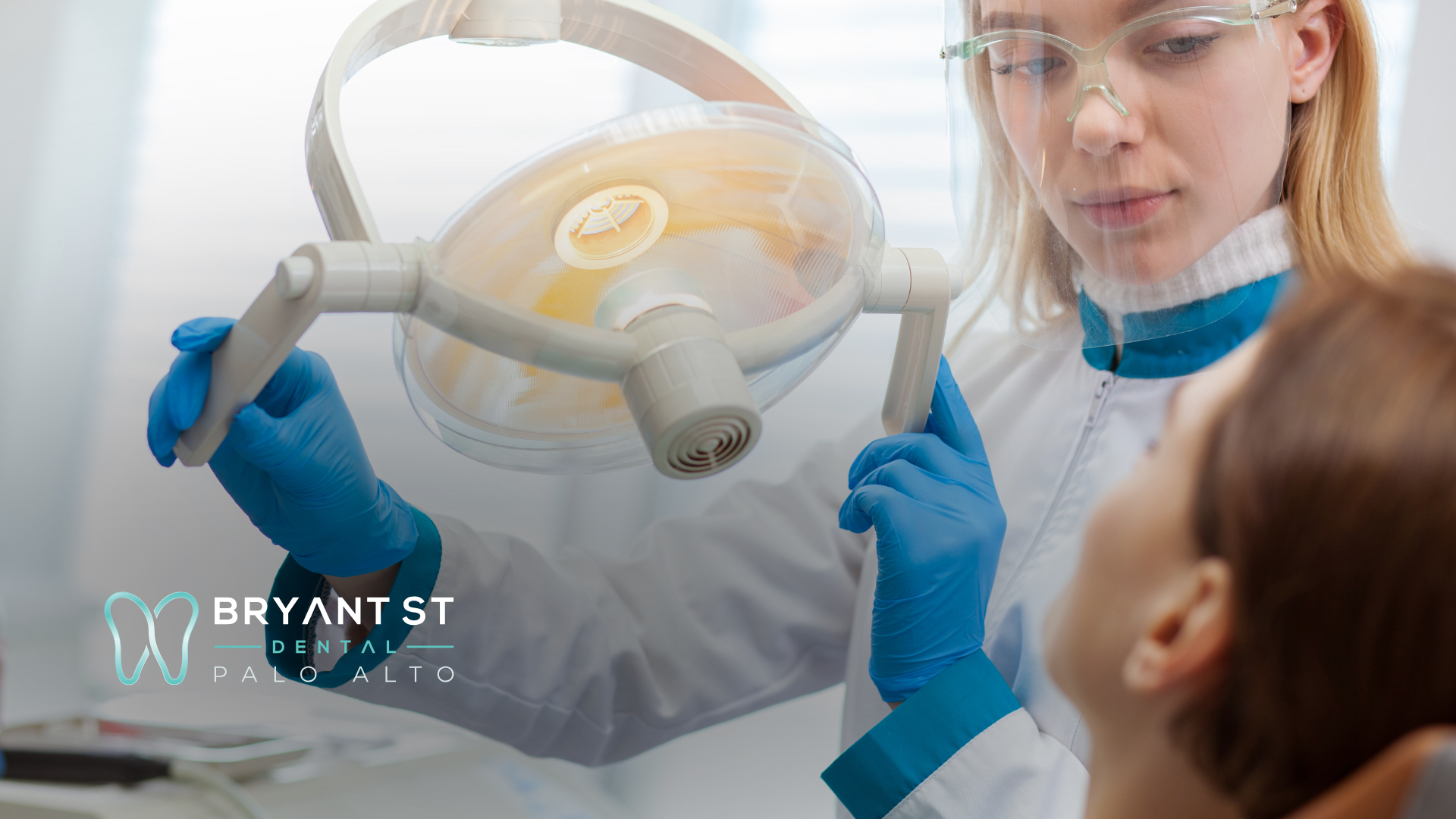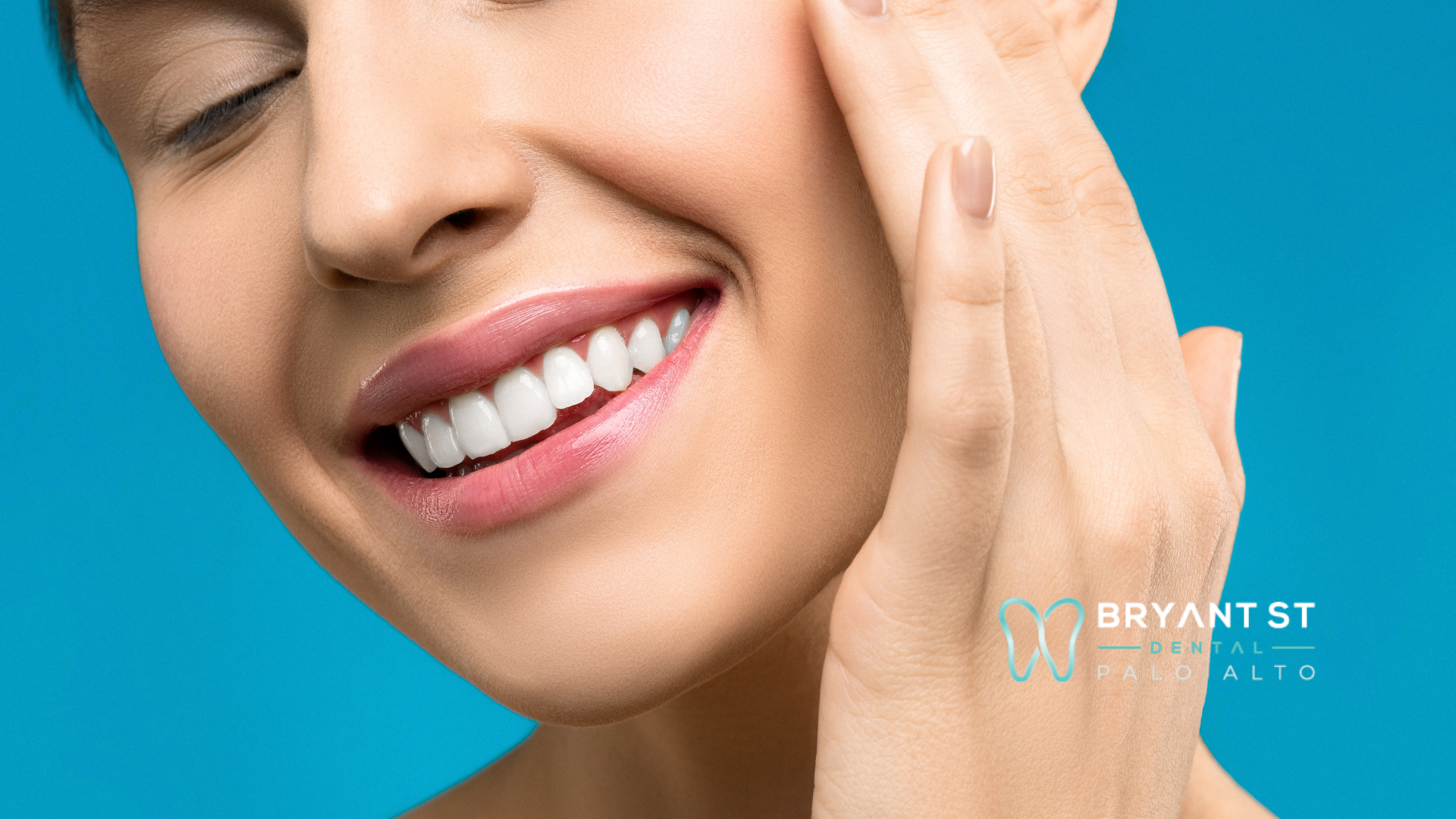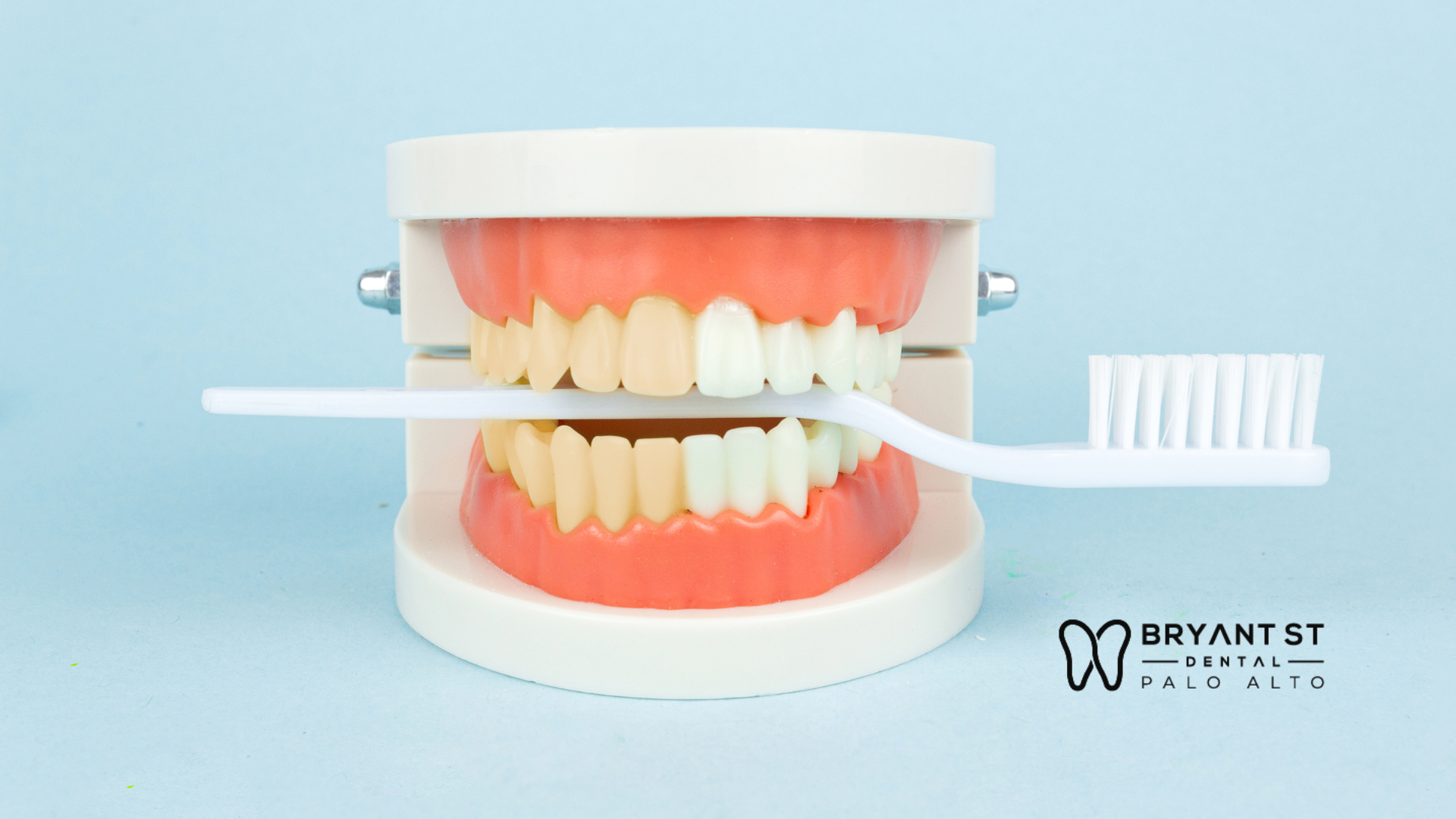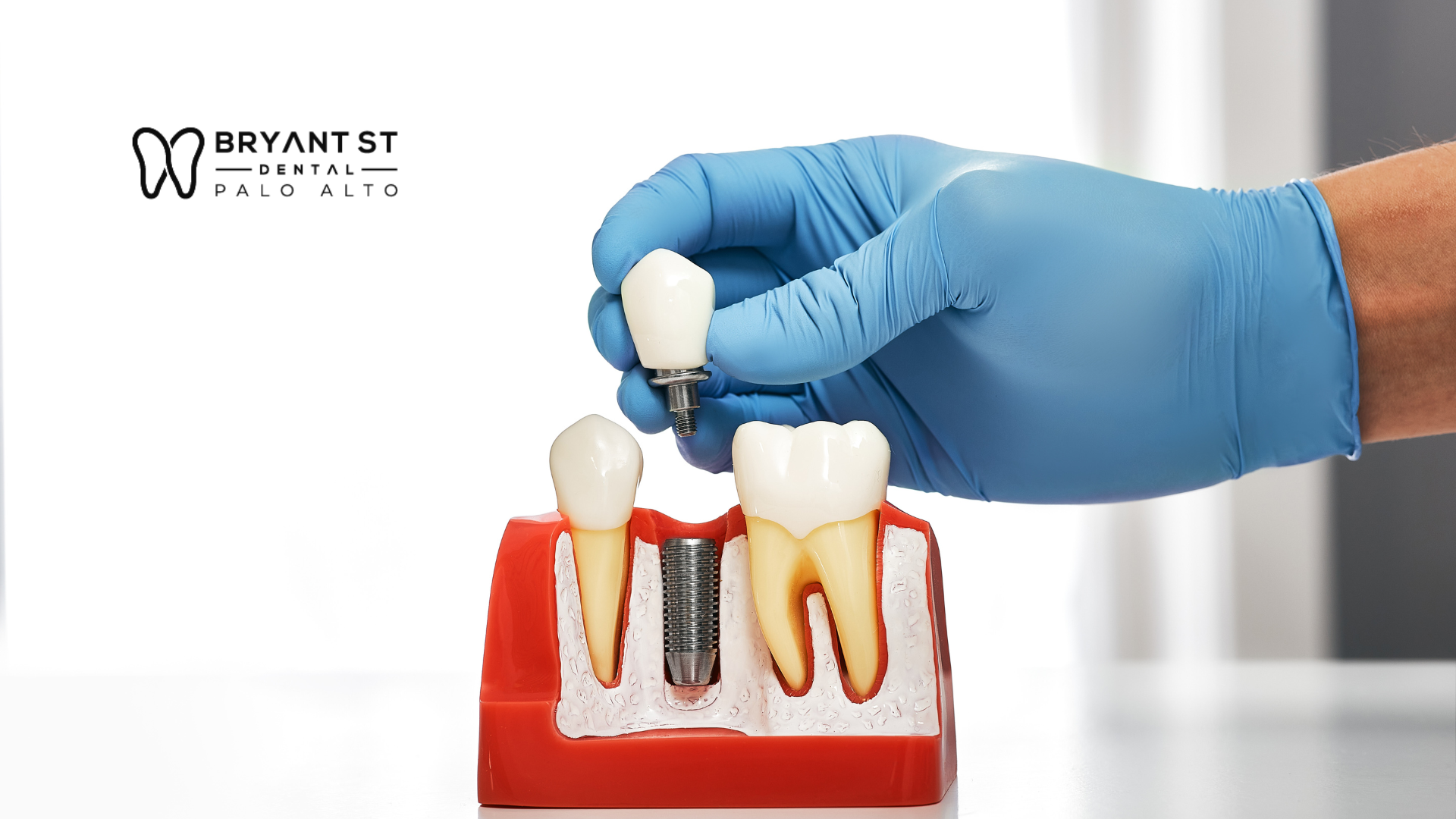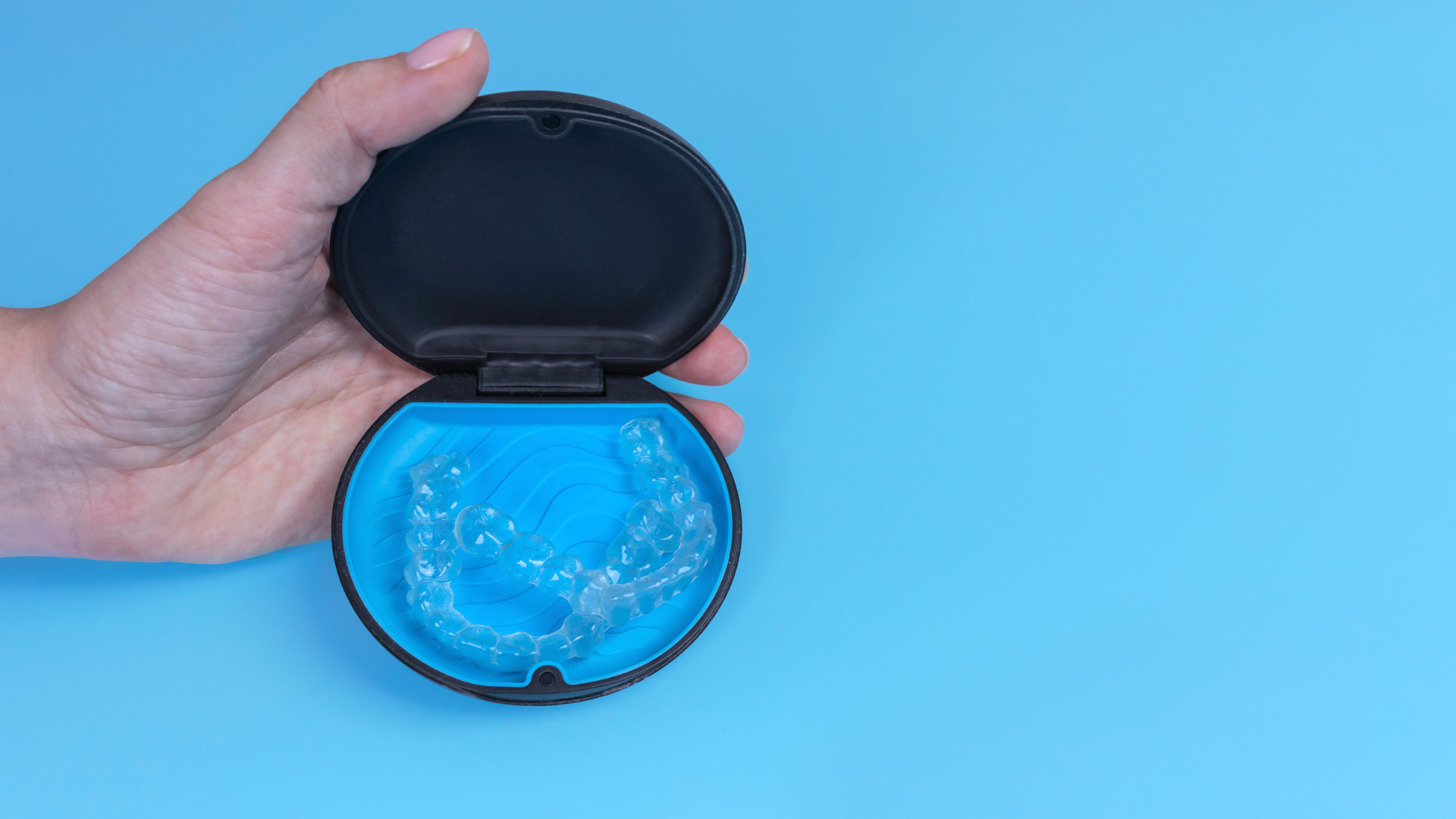A captivating smile has the power to light up a room and leave a lasting impression. Beyond its aesthetic appeal, a beautiful smile is also a reflection of optimal dental health and function. If you're looking to enhance both the appearance and functionality of your teeth, Invisalign treatment is the key.
In this comprehensive blog post, we'll explore the world of Invisalign, delving into the benefits of correcting misaligned teeth and how it can significantly improve your dental function. Get ready to unlock your best smile as we journey through the transformative realm of Invisalign orthodontic treatment.
Understanding Invisalign Clear Aligner Orthodontics
Invisalign clear aligner is a revolutionary treatment method that aims to correct misaligned teeth and enhance their overall function. Unlike traditional braces, Invisalign utilizes a series of custom-made clear aligners that are virtually invisible when worn. These aligners are made from a comfortable, BPA-free plastic material and are designed to gradually shift the teeth into their desired positions.
The primary role of Invisalign is to improve the alignment of teeth, correcting various dental issues in the process. Common dental issues that can be effectively addressed through Invisalign treatment include:
Crowding: When there isn't enough space in the jaw for all the teeth to fit properly, crowding occurs. Invisalign aligners can gradually move the teeth into alignment, creating the necessary space and improving the overall appearance.
Spacing: Gaps or spaces between teeth can not only affect the aesthetics but also impact oral health. Invisalign aligners can close these spaces, ensuring a more harmonious and functional smile.
Overbite: An overbite occurs when the upper front teeth significantly overlap the lower front teeth. Invisalign treatment can correct this bite discrepancy, improving both the appearance and function of the bite.
Underbite: An underbite is characterized by the lower front teeth protruding beyond the upper front teeth. Invisalign can help correct this misalignment, enhancing both aesthetics and dental function.
Crossbite: A crossbite occurs when the upper teeth sit inside the lower teeth when biting down. Invisalign aligners can gradually adjust the bite, aligning the upper and lower teeth for improved functionality and a more balanced smile.
By addressing these dental issues, Invisalign clear aligner orthodontics not only enhances the alignment and appearance of your teeth but also improves their overall function, leading to improved oral health and a confident, beautiful smile.
Common Treatment Options
Orthodontic treatment has evolved significantly over the years, offering a range of options to correct misaligned teeth and improve dental function. A common orthodontic treatment is clear aligners, such as Invisalign, and retainers. Let's explore these treatment options and their benefits.
- Clear Aligners: Clear aligners, like Invisalign, have gained immense popularity due to their discreet and comfortable nature. They consist of a series of custom-made, transparent aligners that gradually shift the teeth into their desired positions. The benefits of clear aligners include:
- Invisibility: Clear aligners are virtually invisible, allowing you to undergo orthodontic treatment without drawing attention to your teeth.
- Removability: Clear aligners are removable, enabling you to eat, brush, and floss your teeth without any restrictions. This promotes better oral hygiene and reduces the risk of dental issues during treatment.
- Comfort: The aligners are made from smooth plastic material, minimizing irritation to the gums and soft tissues of the mouth.
- Convenience: Clear aligners require fewer dental appointments compared to traditional braces. However, regular check-ups with your orthodontist are still necessary to monitor your progress.
It's important to note that clear aligners may not be suitable for all cases of misaligned teeth. Complex dental issues or severe malocclusions may require alternative treatments, such as traditional braces. Your dentist will evaluate your specific case and recommend the most suitable option for you.
- Retainers: Retainers are orthodontic devices used after braces or clear aligner treatment to maintain the new alignment of the teeth. They can be removable or fixed, depending on the individual's needs. Retainers help prevent teeth from shifting back to their original positions, ensuring long-term results.
Considerations for clear aligners and retainers include compliance with wearing them as instructed by your dentist. Consistent use of clear aligners and regular wear of retainers are crucial for achieving and maintaining the desired results.
Consulting with an experienced dental Invisalign provider will help determine which treatment option is most suitable for your specific needs and goals. They will consider factors such as the complexity of your case, treatment duration, and your preferences to create a personalized treatment plan.
Benefits of Correcting Misaligned Teeth
Orthodontic treatment with clear aligners offers numerous advantages that extend beyond the aesthetic improvements of a straighter smile. Let's explore how aligning your teeth can positively impact dental function, oral hygiene, and overall oral health.
- Improved Dental Function: Misaligned teeth can lead to functional issues such as difficulty in biting, chewing, and speaking. By correcting misalignments, clear aligners improve the bite alignment and occlusion, facilitating proper jaw function and enhancing overall dental functionality.
- Enhanced Oral Hygiene: Misaligned teeth can make it challenging to effectively clean the teeth and gums. Areas that are difficult to reach with a toothbrush or floss may accumulate plaque, increasing the risk of tooth decay and gum disease. Aligned teeth are easier to clean, promoting better oral hygiene and reducing the likelihood of dental problems.
- Reduced Risk of Dental Issues: Straight teeth are less prone to dental issues like tooth decay, gum disease, and tooth wear. When teeth are properly aligned, there is less crowding or spacing that can create areas for plaque accumulation or cause abnormal tooth wear due to misaligned bite forces.
- Improved Overall Oral Health: By addressing misaligned teeth, orthodontic treatment with clear aligners contributes to improved overall oral health. Straight teeth are less susceptible to issues such as tooth fractures, temporomandibular joint (TMJ) disorders, and uneven tooth wear. Additionally, proper dental alignment can positively impact jaw joint function and reduce the risk of associated discomfort or pain.
- Enhanced Confidence: A straight and attractive smile can boost self-confidence and improve social interactions. When you feel confident about your smile, you are more likely to express yourself freely, leading to positive social and professional experiences.
Orthodontic treatment with clear aligners offers not only aesthetic benefits but also functional advantages that can significantly impact your oral health and overall well-being. By aligning your teeth, you can achieve a healthy, functional, and confident smile for years to come. Consult with an experienced orthodontist to determine if clear aligners are the right choice for your orthodontic needs.
Invisalign Treatment Process
The Invisalign treatment process typically involves several steps, from the initial consultation to retention. Here's an overview of what you can expect during your Invisalign journey:
- Initial Consultation: During the initial consultation, your Invisalign dentist will assess your dental condition, discuss your goals, and determine if Invisalign is the right treatment option for you. They will create a customized treatment plan based on digital impressions or physical molds of your teeth.
- Custom Aligner Fabrication: Your dentist will use advanced 3D imaging technology to create a series of custom-made aligners specifically tailored to your teeth. Each aligner is designed to gradually move your teeth into their desired positions.
- Wearing the Aligners: You will receive a set of aligners and be instructed to wear them for a specified duration each day, typically 20-22 hours. You will progress to the next set of aligners approximately every one to two weeks, as your teeth gradually shift.
- Monitoring Progress: Throughout your treatment, you will have periodic check-ups with your Invisalign dentist to ensure your progress is on track. These appointments allow your dentist to make any necessary adjustments to your treatment plan.
- Retention: Once you complete your final set of aligners, your dentist will provide you with retainers. Retainers help maintain the new position of your teeth and are typically worn at night or as advised by your invisalign dentist.
Common concerns such as discomfort and maintenance during treatment are often addressed by the dentist during the initial consultation. While some discomfort is normal as your teeth adjust, it is typically mild and temporary. Invisalign aligners are removable, making maintenance easy. They should be cleaned regularly using a soft toothbrush and lukewarm water to prevent plaque buildup.
Choosing the Right Invisalign Provider
Selecting a qualified and experienced Invisalign provider is crucial for a successful treatment outcome. Consider the following factors when choosing your cosmetic dentist:
- Credentials and Expertise: Look for a dentist who is a certified Invisalign provider and has extensive experience with the treatment. Check their qualifications and certifications to ensure they are well-trained in orthodontics.
- Reputation and Reviews: Read reviews and testimonials from previous patients to gauge their satisfaction with the provider's services. A positive reputation is a good indicator of the dentist's skills and professionalism.
- Treatment Options: Inquire about the range of treatment options offered by the cosmetic dentist. They should have a comprehensive understanding of orthodontics and be able to recommend the most suitable treatment for your needs.
- Communication and Comfort: Choose a dentist with whom you feel comfortable communicating. They should listen to your concerns, answer your questions, and explain the treatment process in a clear and understandable manner.
By carefully considering these factors, you can select a qualified and experienced Invisalign provider who will guide you through your orthodontic journey, ensuring optimal results and a satisfying treatment experience.
FAQs:
1. How long does orthodontic treatment with Invisalign typically last?
The duration of Invisalign treatment varies based on the complexity of your case. On average, treatment can last anywhere from 6 to 18 months. Your orthodontist will provide a more accurate estimate after evaluating your specific needs.
2. Are there age restrictions for Invisalign orthodontic treatment?
Invisalign is suitable for both teens and adults. There are no strict age restrictions, as long as the patient's teeth and gums are healthy. Invisalign Teen is specifically designed for younger patients and includes features like compliance indicators.
3. Can Invisalign orthodontic treatment correct bite issues?
Invisalign can correct certain bite issues, including overbites, underbites, crossbites, and open bites. However, severe bite problems may require alternative treatment options. Your orthodontist will assess your case and determine if Invisalign is appropriate.
4. When should traditional braces be used?
Traditional braces may be recommended for more complex orthodontic cases, such as significant teeth misalignment, jaw discrepancies, or certain bite issues. Braces provide precise control over tooth movement and can effectively address these challenging conditions.
5. How often do I need to visit the dentist during Invisalign treatment?
Typically, follow-up visits are scheduled every 6-8 weeks during Invisalign treatment. These appointments allow your dentist to monitor your progress, make necessary adjustments, and provide you with the next set of aligners.
6. Will Invisalign orthodontic treatment interfere with my daily activities?
Invisalign aligners are removable, allowing you to continue your daily activities with ease. You can eat, drink, brush, and floss as usual by simply removing the aligners. However, it is important to wear them for the recommended duration each day to ensure treatment effectiveness.
7. How do I care for my teeth and clear retainers during treatment?
Proper oral hygiene is essential during orthodontic treatment. Brush your teeth thoroughly, including the aligners, and floss regularly. Clean the aligners with a soft toothbrush and lukewarm water. Avoid exposing them to hot water or excessive force.
8. Can Invisalign orthodontic treatment improve my speech?
Invisalign aligners may cause a temporary adjustment to speech patterns, similar to any traditional orthodontic treatment. Most patients adapt quickly, and any speech changes typically resolve within a few days or weeks.
9. Will I need to wear retainers after Invisalign orthodontic treatment?
Yes, wearing retainers is crucial after completing Invisalign treatment. Retainers help maintain the new position of your teeth, preventing them from shifting back. Your dentist will provide specific instructions on retainer wear and care.
10. Can Invisalign orthodontic treatment fix overcrowded teeth?
Invisalign can effectively address mild to moderate cases of overcrowded teeth. However, severe overcrowding may require additional orthodontic interventions. Consult with your orthodontist to determine the best treatment plan for your specific needs.
Conclusion
In this comprehensive blog post, we explored the transformative world of Invisalign orthodontic treatment. We discussed the benefits of correcting misaligned teeth, including improved dental function, enhanced oral hygiene, and overall oral health. We walked through the typical steps involved in Invisalign treatment, addressing common concerns such as discomfort and maintenance. Additionally, we provided guidance on choosing a qualified and experienced Invisalign provider.
By considering Invisalign orthodontic treatment, you have the opportunity to unlock a straighter smile and enhance your dental function. Don't let misaligned teeth hold you back—explore the possibilities of Invisalign and take the first step toward achieving the smile you've always desired.
Remember, consulting with an experienced dentist is key to determining if Invisalign is right for you. They will guide you through the process, addressing your concerns and creating a personalized treatment plan. Begin your journey to a confident, beautiful smile with Invisalign today.

